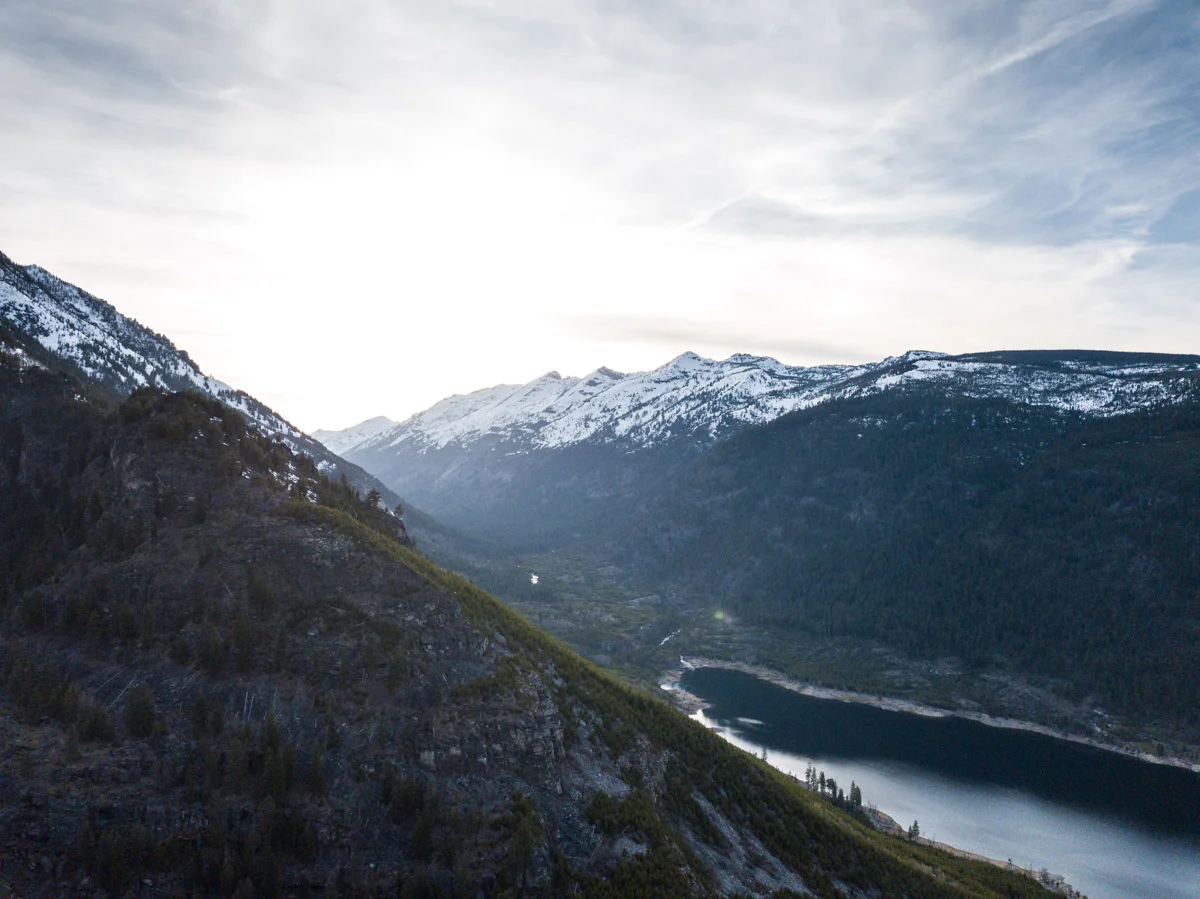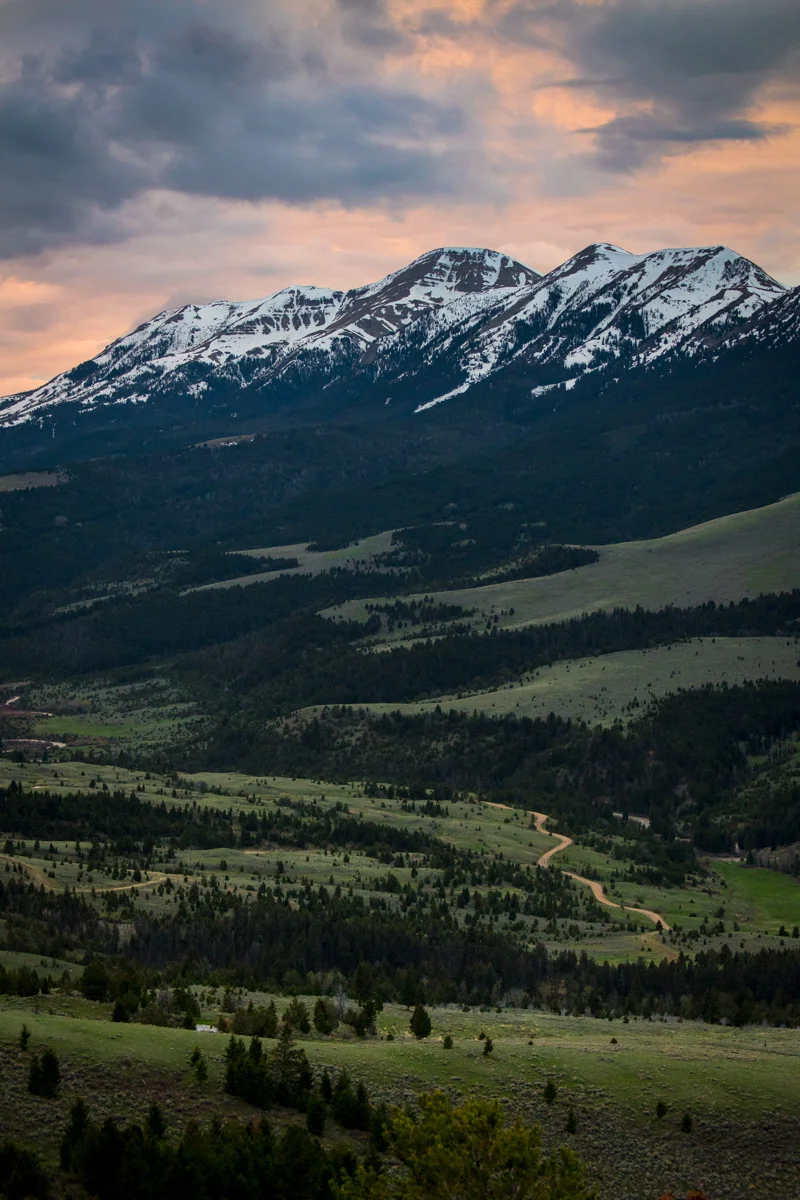The Power of Landscapes
Hunting is about the experience, the places it takes you, the friendships along the way, the close encounters. Being able to capture those individual elements is and will be key to becoming a versatile hunting photographer. Right now we are slowly losing more and more public land and unfortunately I don’t see it changing. As hunters we are blessed to set foot in some of the most beautiful landscapes in the world. That’s an amazing blessing and we’d be doing ourselves a disservice if we didn’t capture some of those amazing moments. Setting foot there and looking out over some of these vistas and seeing the the world in front of us pop with vivid color and lines is truly breathtaking. So as a photographer you should be able to capture just such a moment.
These images transcend hunting. They speak to everyone and not only helps round out your gallery from a hunt but allows you to have images that will connect with everyone, hunters and non-hunters alike. That said there are a few keys to getting amazing landscape images. Here’s a few things to keep in mind next time your in the field and an amazing landscape is sitting there begging to be shot.
Use an aperture that will give you the sharpest image
-Each lens will have an aperture range that will provide the sharpest image. That’s usually around f/8 but depends on the model and make. Most landscape shots are shot from f/8 all the way up to f/22. A higher aperture means that more of the image is in focus.
Keep your ISO to a minimum
-Having a low ISO will mean you have the cleanest image possible meaning it will look best, allow you more versatility to tweak the image in post and also allow more cropping options as well.
Use a Tripod
-Now shooting an image at f/16 and ISO 100 often means your shutter will be fairly low especially in lower light conditions and maintaining extreme detail means your camera needs to remain steady. Shooting from a tripod will allow you the best way to achieve that steadiness. Another trick when shooting from a tripod when using a very slow shutter speed it to use the Mirror Up Position if you have a camera with an actual shutter. This brings the mirror up and will keep the camera from vibrating as much when you take the shot. This also is a great thing to do on long exposures at night. Some people will even use a remote to activate the photo.
Now that doesn’t mean you can’t capture amazing images with a quick handheld image, you absolutely can. Just if you want to squeeze the absolute most from a moment then taking advantage of the above three steps will definitely help out. Landscape photography is an entire field in and of itself and there’s a ton of great online resources to help you really dial in your shooting. Stitching multiple images together for extremely high resolution images and panoramas would be more advanced techniques. Do some google searching and you can find out more about that. I hope this helps you a bit on your next shoot and here’s a few final images that have been shot in the last few years.







